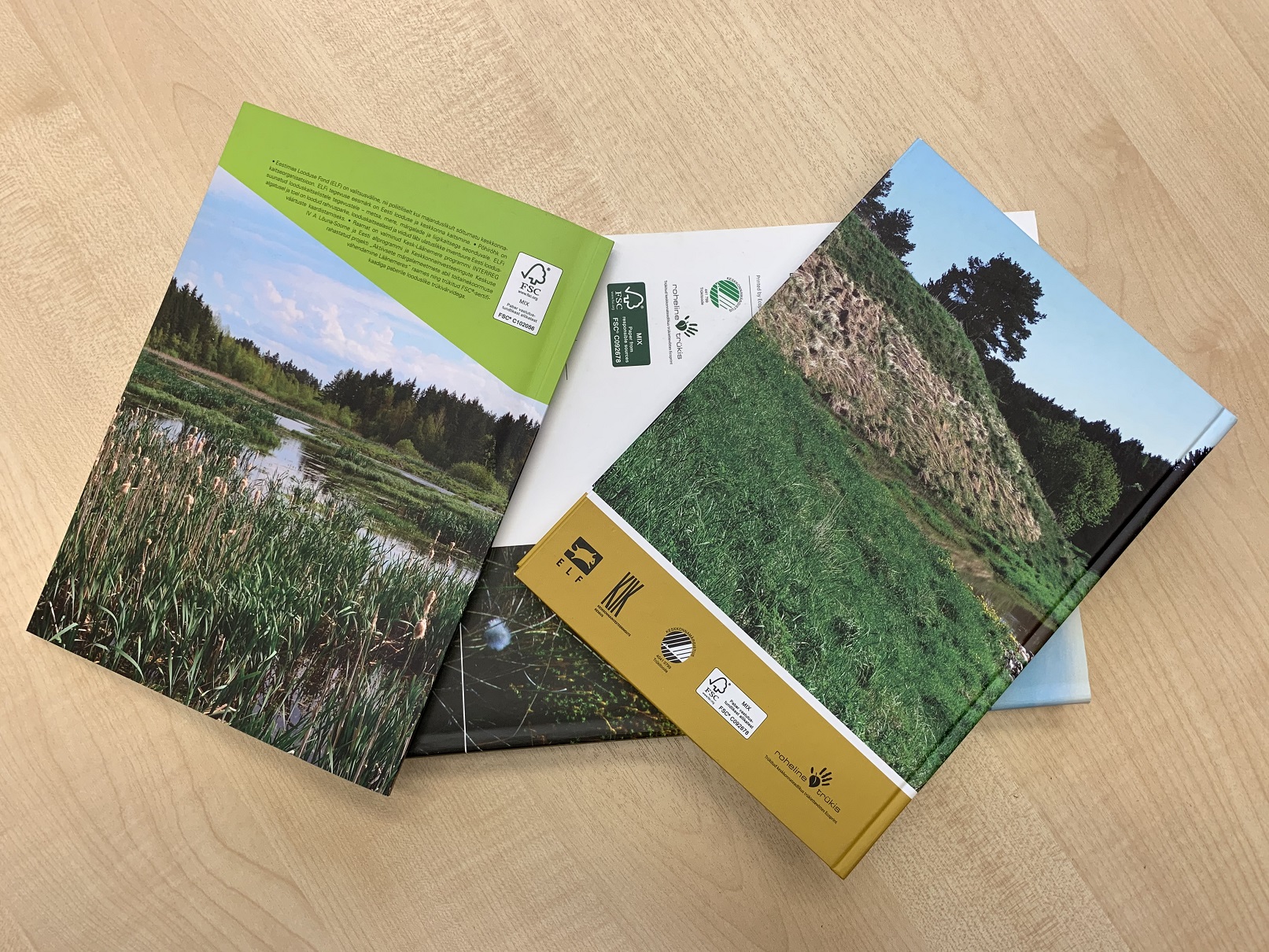A procurement is purchasing goods or services under the terms of an agreement
A green public procurement, or GPP, means the procurement of products or services with a minimal environmental impact. The main objective of green procurements is to reduce the environmental impact of products and services that arises from their production, use, and disposal, i.e. throughout the life cycle of the product/service. In this way, risks to human health and the environment can be reduced [1]. Clause 2 of the Public Procurement Act (2017) : environmentally friendly solutions are taken into account upon planning and carrying out public procurement.
Reducing the impact on biodiversity, i.e. on the diversity of species and their habitats, can be achieved through green procurements. For example, when purchasing paper, it can be required that the paper be made from recycled paper, thus helping to reduce the use of chlorine compounds (which are corrosive and damaging to wildlife) in the paper bleaching process. In the field of textiles, guidelines can be given to reduce the use of chemicals there, and the procurer can also demand a reduction in the materials used to package products. Thereby, less resources are used and less packaging waste is generated.
The European Union has already established criteria and detailed requirements for green public procurements in 20 different areas, such as cleaning services, office paper, ICT equipment, construction services, transportation, waste water treatment, textiles, etc. [2]
Under different conditions, the contracting authority can award plus points or additional points to environmentally friendly tenderers [3], as well as reward them for exceeding the minimum level required in the procurement documentation. This approach has been used by public sector bodies, whose procurement accounts for a significant proportion of all procurements.
A green procurement can bring financial savings to public authorities: the purchase of energy-efficient or water-efficient products, as well as products containing less hazardous substances, subsequently reduces the later costs of handling them [4]. There are many examples of green procurements in Estonia. In 2010, the building of the Valga Gymnasium was reconstructed and the building was made more energy efficient; in 2014, the Environmental Board ordered copy paper made from 100% recycled paper. Estonian authorities have good experience in organising such procurements and will continue to do so [5].

Text: Kristjan Piirimäe, Kuno Kasak
Editors: Sigrid Ots, Reigo Roasto
Last modified: 13.01.2022
__________________________________________________
[1]Keskkonnaministeerium. 2018. Keskkonnahoidlikud riigihanked. https://old.envir.ee/et/keskkonnahoidlikud-riigihanked
[2] https://ec.europa.eu/environment/gpp/eu_gpp_criteria_en.htm
[3] European Commission. 2012. Green Public Procurement. A collection of good practices. https://ec.europa.eu/environment/gpp/pdf/GPP_Good_Practices_Brochure.pdf.
[4] Euroopa Komisjon. Keskkonnahoidlik ostmine. Keskkonnahoidlike riigihangete käsiraamat, 3. väljaanne, 2016. https://ec.europa.eu/environment/gpp/pdf/handbook_2016_et.pdf.
[5] Keskkonnaministeerium. 2018. Näited keskkonnahoidlikest hangetest Eestis. https://old.envir.ee/et/naited-keskkonnahoidlikest-hangetest-eestis.